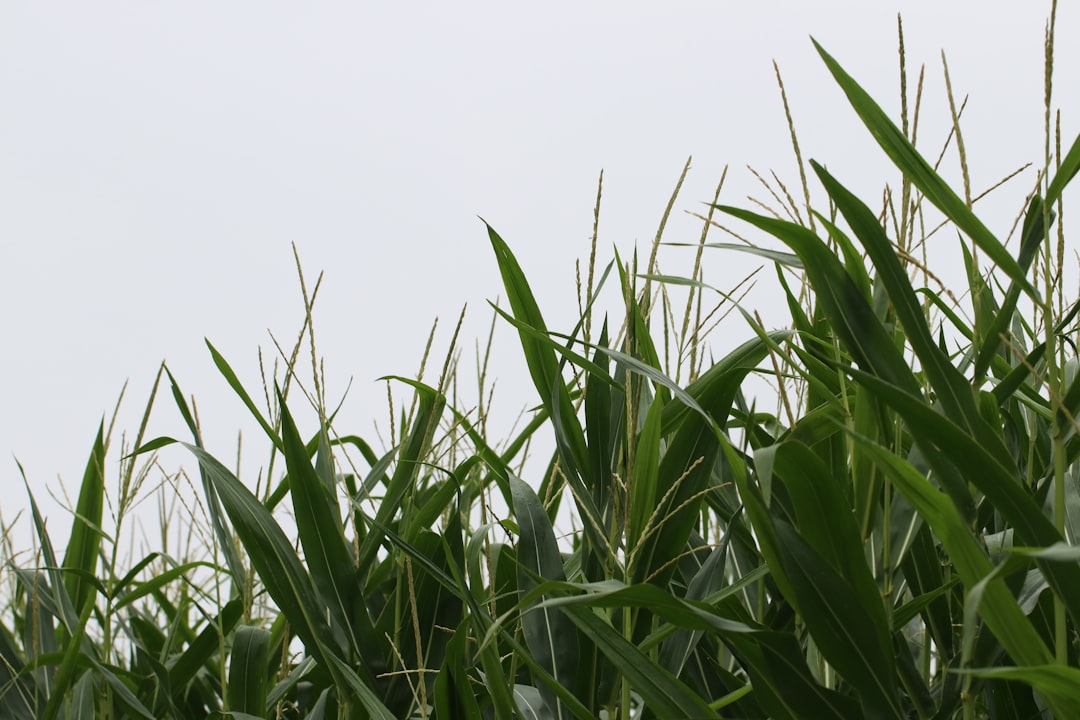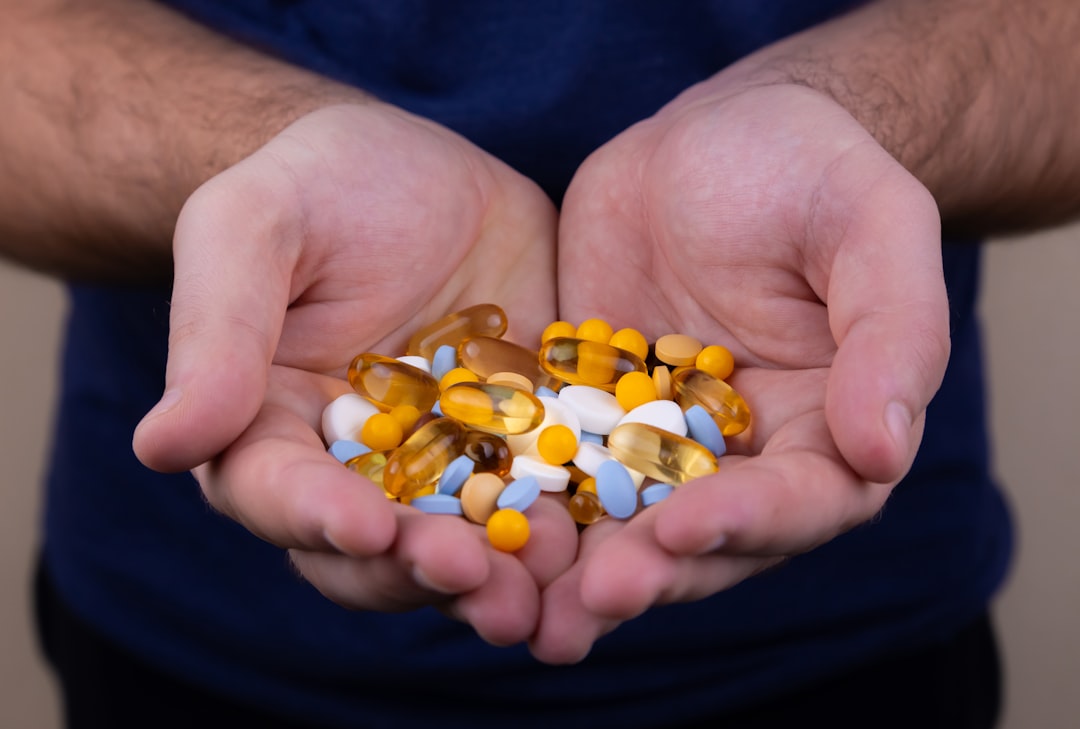What is it about?
Osteoarthritis is of great significance as an increasingly relevant unmet medical need in our aging societies around the globe, also aggravated by rising obesity rates. As people age and gain weight, osteoarthritis significantly contributes to an unfortunate crescendo of decreasing mobility and increasing chronic joint pain. Against that backdrop, we have discovered a new osteoarthritis disease-relevant mechanism how the disease progresses. Interleukin-1, a known inflammatory mediator that can be detected in osteoarthritic joints, makes cartilage cells more sensitive to mechanical stress, similar to a tennis ball being squeezed. This process then, via calcium ions that enter the cartilage cell in excess through Piezo mechanically sensitive ion channels, makes the tennis ball more soft and swishy, which in turn aggravates mechanical stress because the same force can indent the more squishy tennis ball more potently. Our discovery elucidates this mechanism in high detail, from the cell membrane of the cartilage cell, called chondrocyte, to the nucleus of the cell where the gene for Piezo ion channel is regulated toward increased expression. Our work is mostly based on chondrocytes from pigs, but we have validated our experiments in human cartilage from osteoarthritic joints vs controls.
Featured Image

Photo by CHUTTERSNAP on Unsplash
Why is it important?
Our discovery presents a completely NEW mechanism how osteoarthritis can slowly but relentlessly progress. Under the umbrella of this new mechanism (see Fig. 5 of our paper for summary illustration), we unify known molecular players and signaling pathways in cartilage cell pathology. These players function together in a disease-aggravating ensemble that might well be a central element of the clockwork that makes osteoarthritis tick. With these molecules, signaling pathways and their respective roles elucidated, the door to translational medical studies toward disease modifying treatments in osteoarthritis is wide open.
Perspectives
I am immensely proud of this work, as it is rooted in another PNAS paper from 7 years ago (Lee-et-al. https://doi.org/10.1073/pnas.1414298111) where we describe cartilage expressing both PIEZO ion channels, PIEZO1 and PIEZO2, with strong evidence that they co-function in chondrocytes' response to injurious mechanical stress by allowing excess calcium to enter the cell. It is interesting that calcium has to enter through Piezo channels in order to switch the cell to damage-mode because calcium entering chondrocytes via TRPV4 ion channels - also involved in response to mechanical stimulation of chondrocytes - enhances anabolic function and differentiated state of chondrocytes. So calcium is a biological switch mechanism, and it profoundly matters how its concentration inside the chondrocyte rises, pure chemistry, such as calcium concentration goes up from 50 nanomolar to 250 nanomolar, does not suffice to explain how these cells and the respective tissue behave and function. Last but not least, I felt so privileged and enjoyed immensely working together with the team on this paper: such driven, skilled and cool colleagues and friends !
Dr Wolfgang Liedtke
Regeneron Pharmaceuticals Inc
Read the Original
This page is a summary of: Inflammatory signaling sensitizes Piezo1 mechanotransduction in articular chondrocytes as a pathogenic feed-forward mechanism in osteoarthritis, Proceedings of the National Academy of Sciences, March 2021, Proceedings of the National Academy of Sciences,
DOI: 10.1073/pnas.2001611118.
You can read the full text:
Resources
Contributors
The following have contributed to this page










